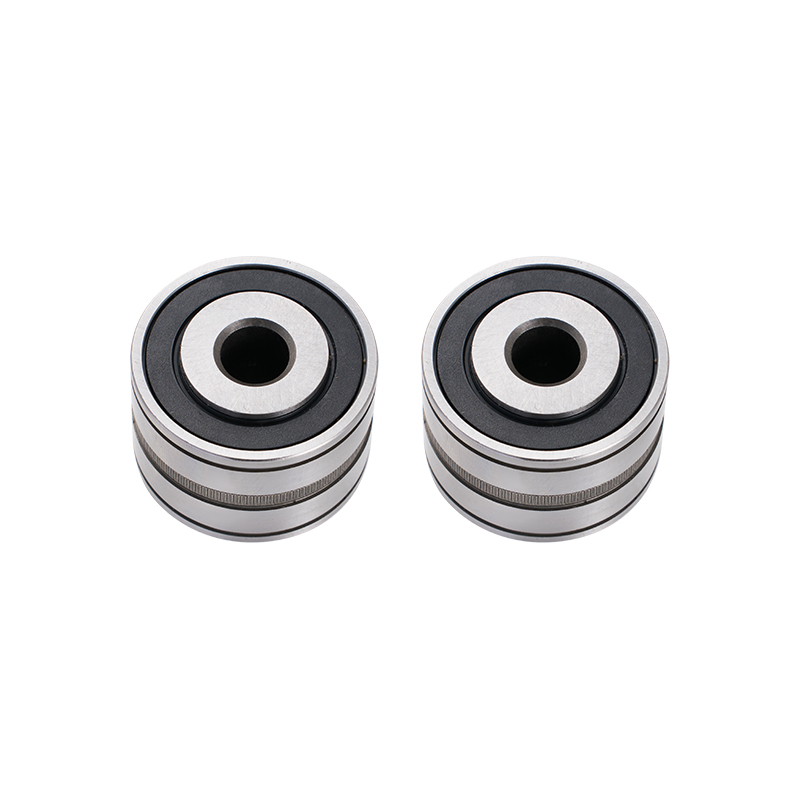
The B10-5280 bearing is commonly used in various mechanical systems, particularly in automotive and industrial applications where reliability and consistent performance are essential. To ensure that this bearing performs well over time, proper maintenance practices are necessary. Without appropriate care, even well-made components like the B10-5280 can wear out prematurely, leading to equipment failure and unnecessary replacement costs.
One of the most important maintenance practices for extending the life of a B10-5280 bearing is ensuring proper lubrication. Bearings require the right amount and type of lubricant to reduce friction between moving parts. Lack of lubrication or using a lubricant that is not suited for the bearing's operating environment can result in increased heat and wear. Regularly checking and replenishing the grease or oil as recommended by the equipment manufacturer helps keep the B10-5280 bearing operating smoothly. It is also essential to ensure that the lubricant is clean and free of contaminants, as dirt or moisture can degrade the performance and lifespan of the bearing.
Cleanliness is another critical factor. Before installing or servicing the B10-5280 bearing, the surrounding area should be free of debris and dust. Contaminants can enter the bearing housing during installation or maintenance and cause abrasion or corrosion over time. Using clean tools, sealing the bearing properly, and storing replacement bearings in sealed packaging can significantly reduce the risk of contamination. Regular inspections of seals and shields around the bearing also help prevent the ingress of unwanted particles.
Proper installation procedures greatly influence the service life of the B10-5280 bearing. Bearings that are misaligned or mounted using incorrect tools can suffer from uneven load distribution, increased vibration, and accelerated wear. It is important to use the correct tools and follow manufacturer guidelines to avoid damaging the inner or outer rings during installation. Using too much force or applying pressure to the wrong part of the bearing can distort the raceways or rolling elements, leading to premature failure.
Monitoring operating conditions is another way to ensure the longevity of the B10-5280 bearing. Bearings are designed to operate within specific load, speed, and temperature ranges. Exceeding these conditions can shorten the service life. Regular monitoring for unusual noise, excessive heat, or vibration can help detect early signs of wear or misalignment. If these symptoms are observed, immediate inspection and corrective action may prevent further damage.
Periodic inspection and timely replacement of worn components also help maintain the performance of the B10-5280 bearing. Over time, adjacent parts such as housings, shafts, or seals may become worn or damaged, which in turn affects the bearing's performance. Inspecting these parts and replacing them when necessary ensures that the bearing continues to function under stable and supportive conditions.
Training and awareness among maintenance personnel also play a role in bearing longevity. Staff should be familiar with the specific needs of the B10-5280 bearing, including recommended lubrication intervals, load limits, and handling procedures. Proper training reduces the likelihood of errors during installation or servicing and contributes to more consistent maintenance practices across the facility.
The service life of a B10-5280 bearing can be extended significantly through proper lubrication, cleanliness, correct installation, monitoring of operating conditions, and routine inspections. By following these practices, users can reduce downtime, maintain equipment performance, and get the most value out of the B10-5280 bearing in their operations.



 English
English русский
русский
